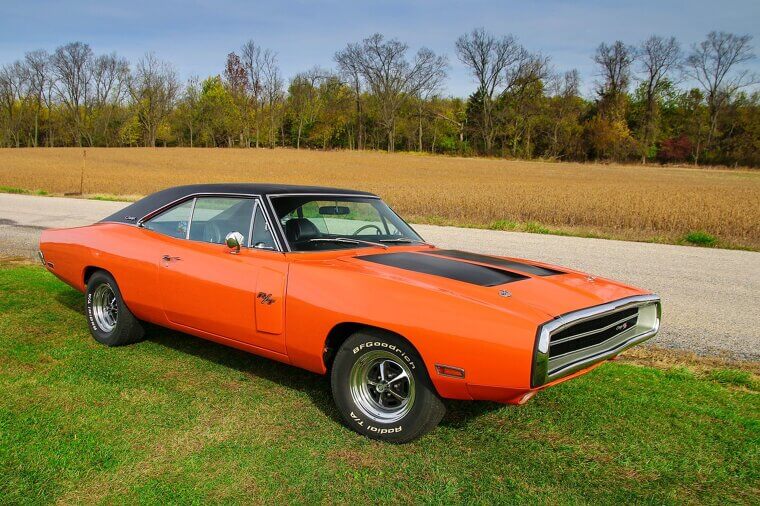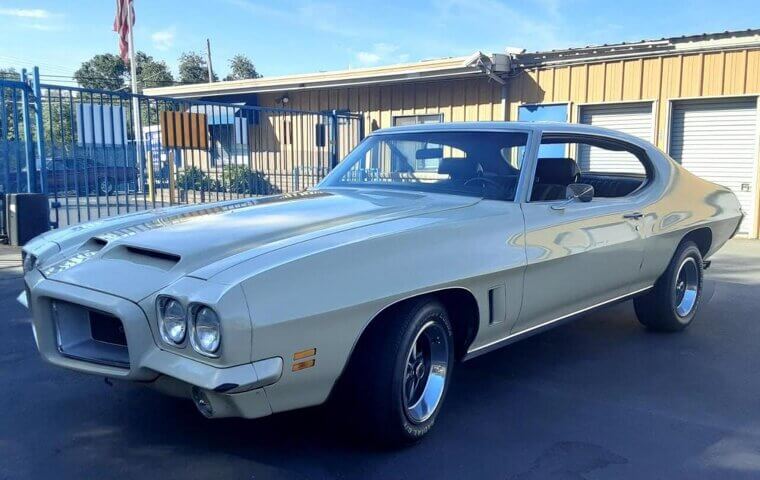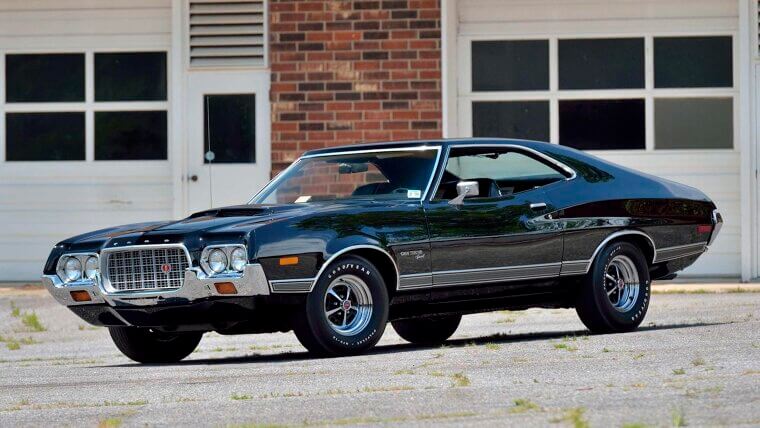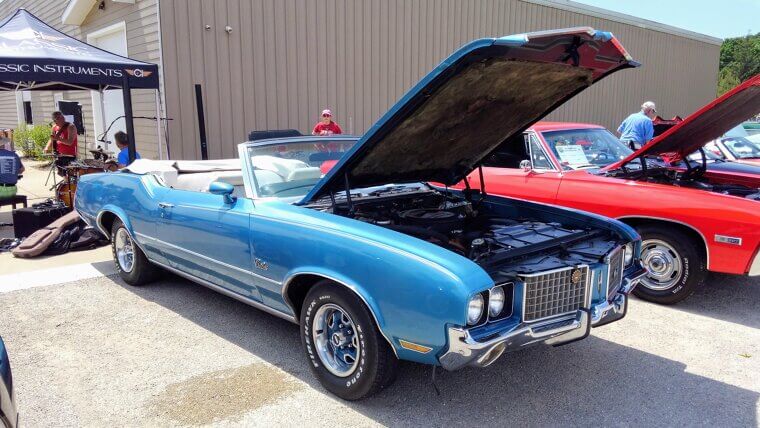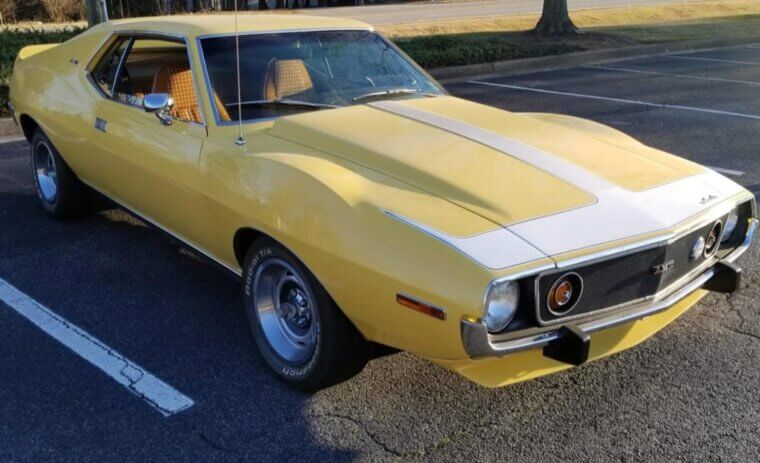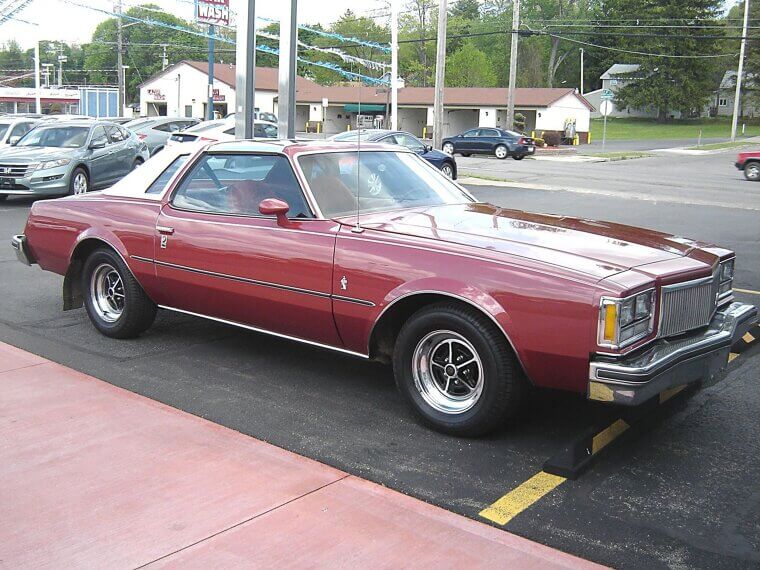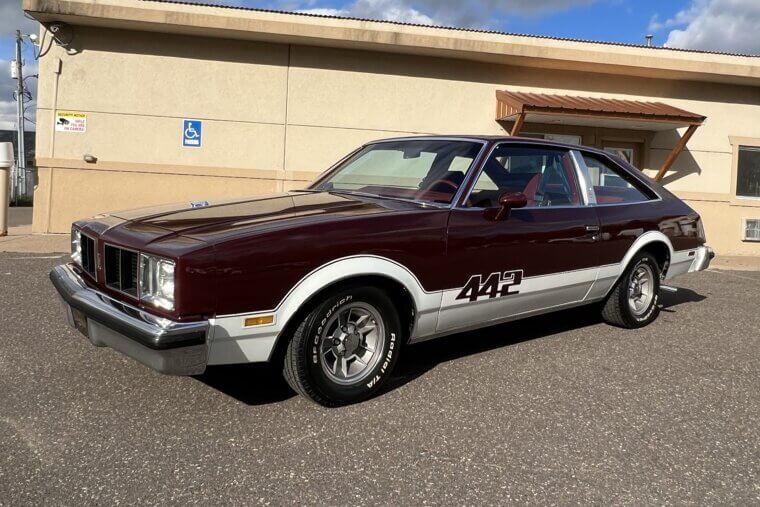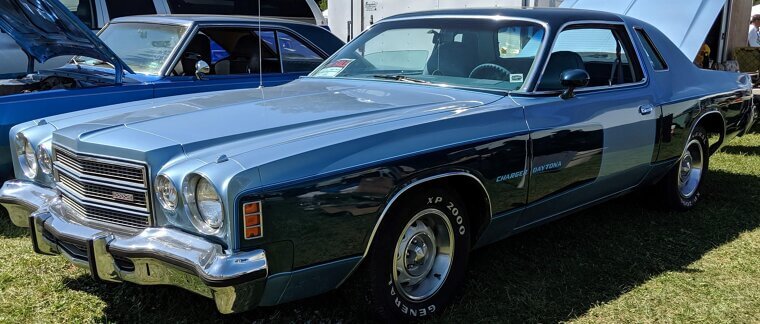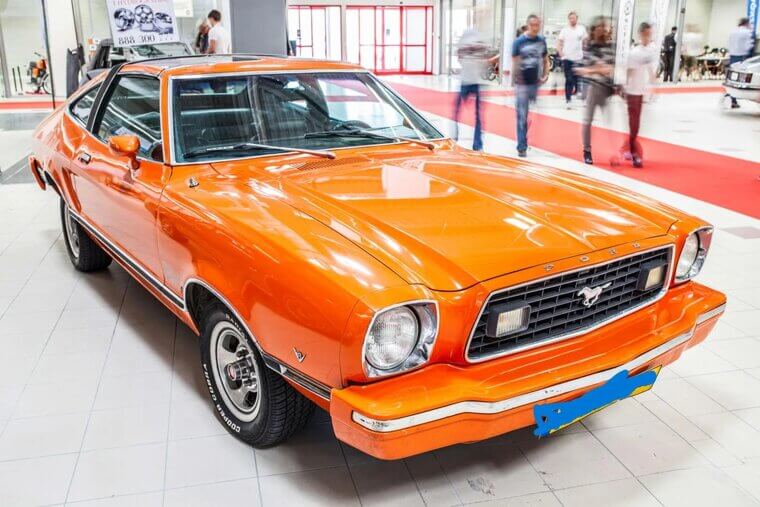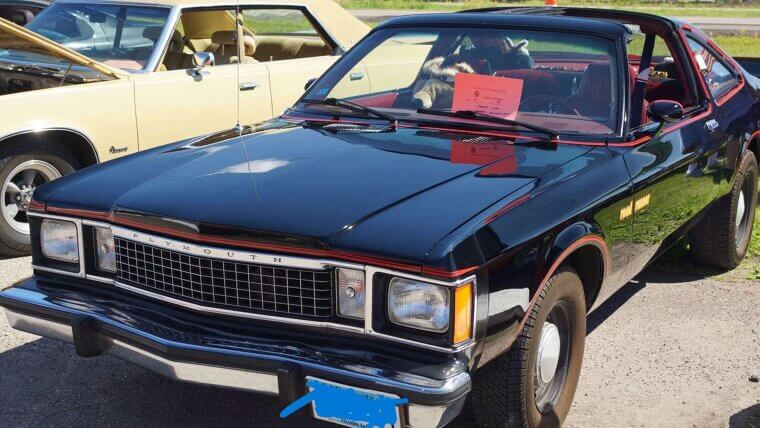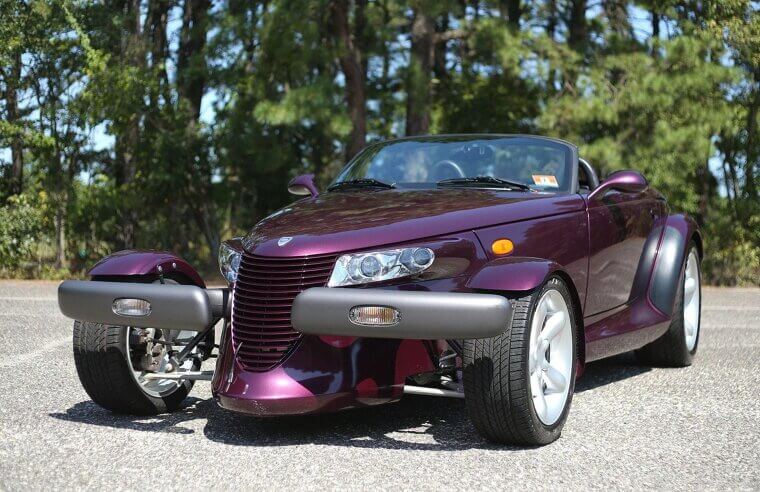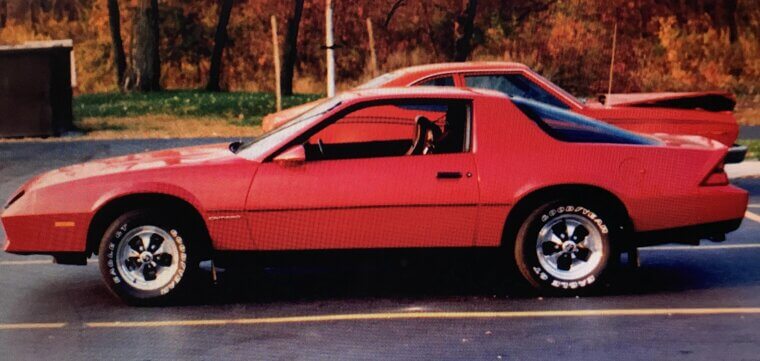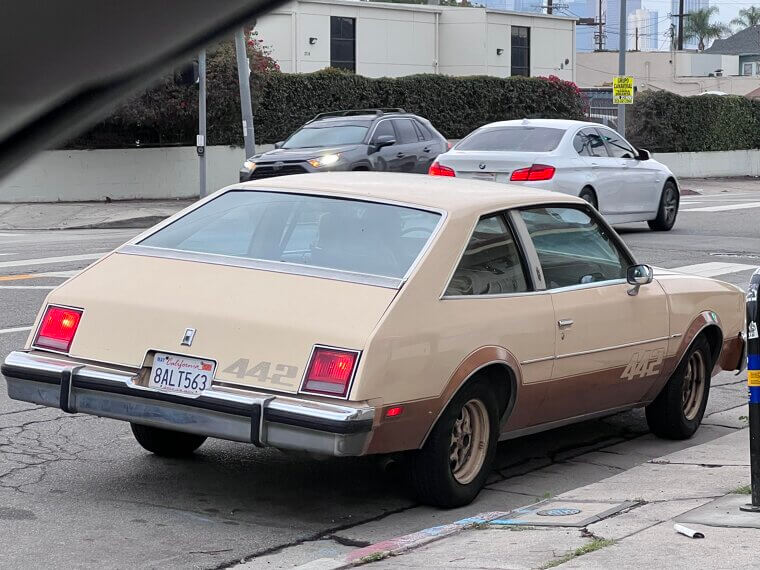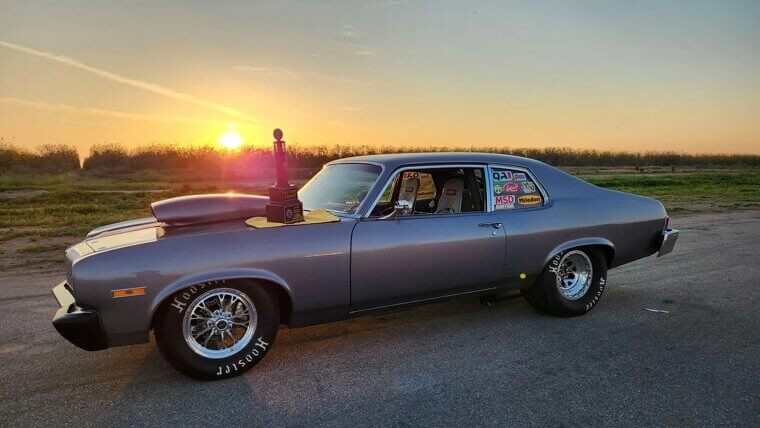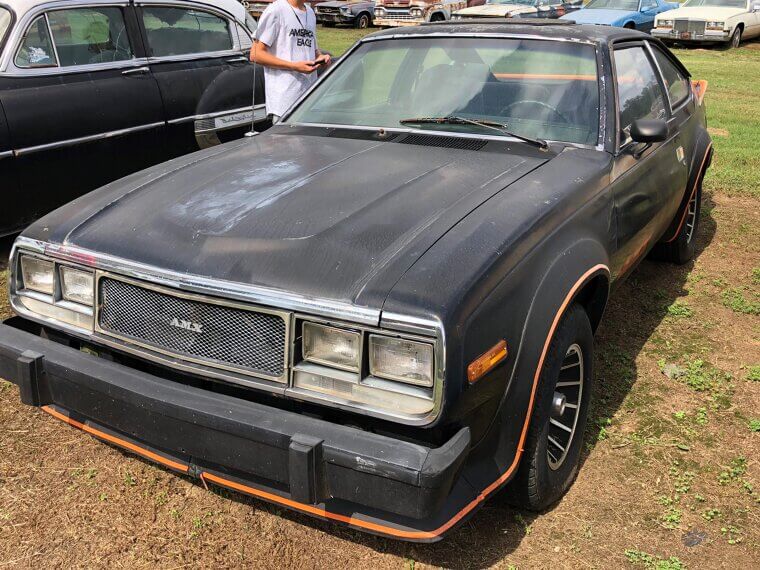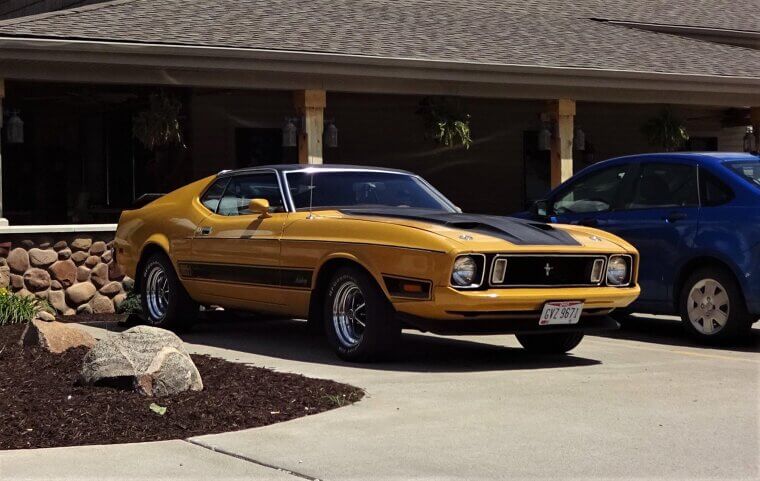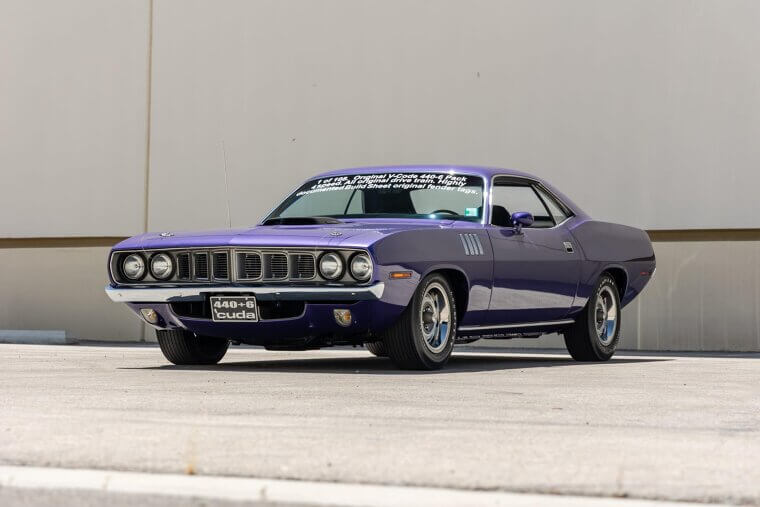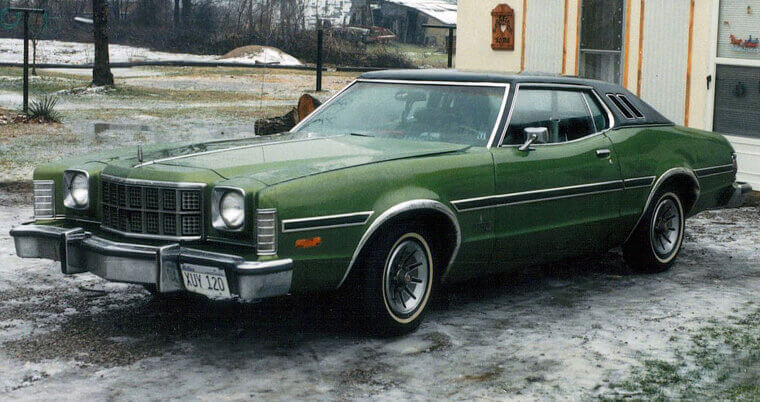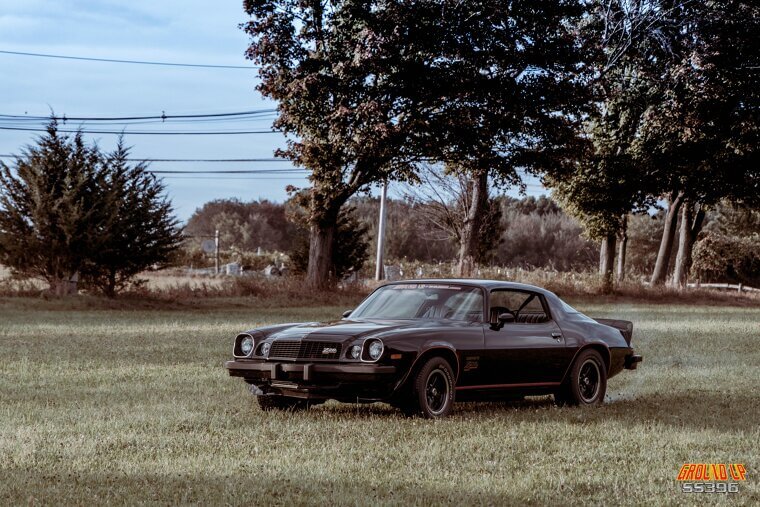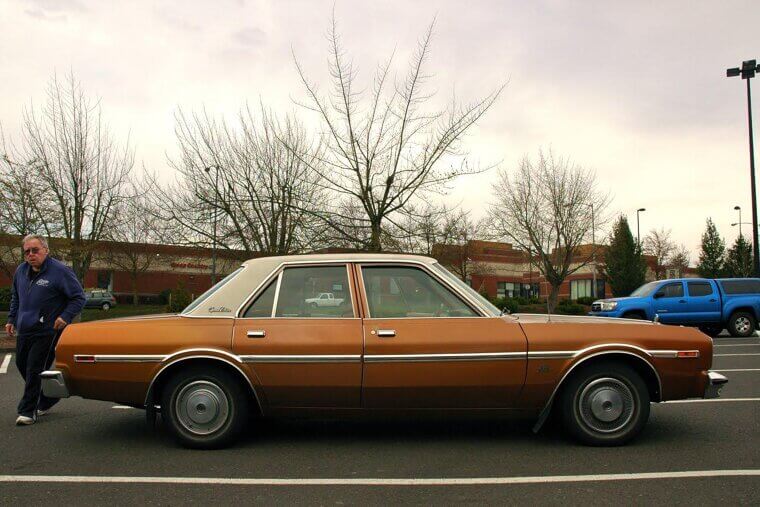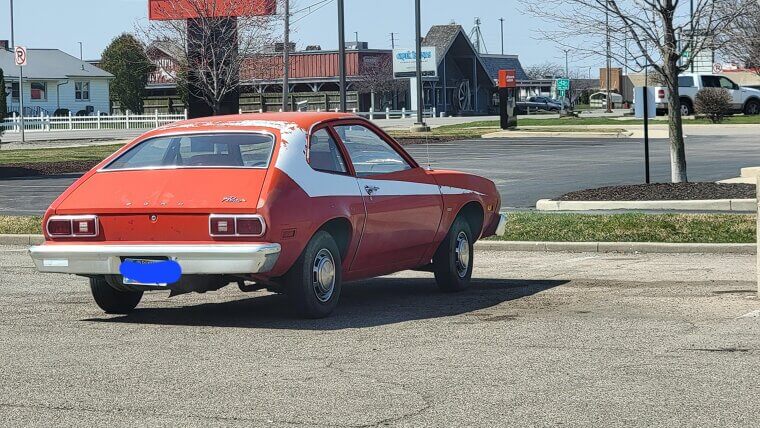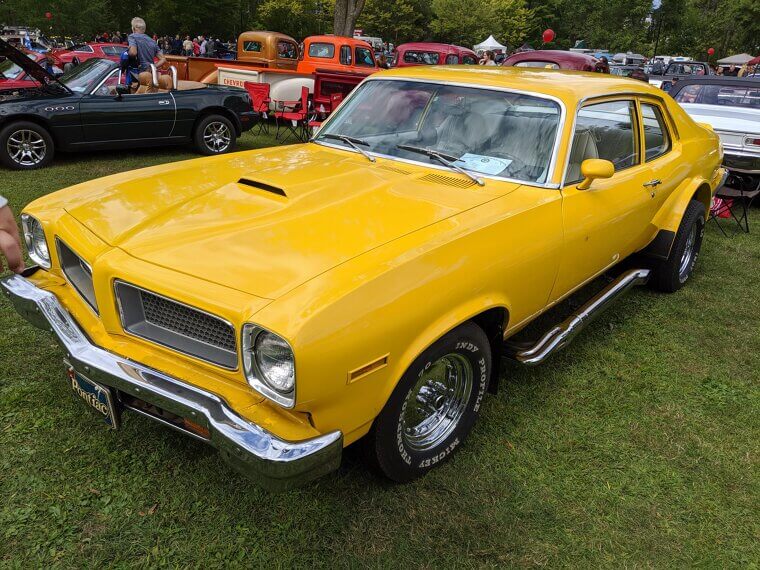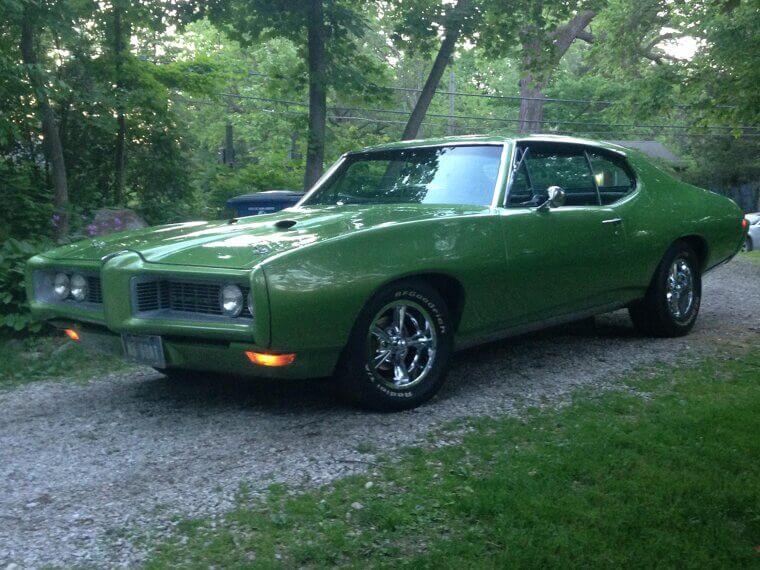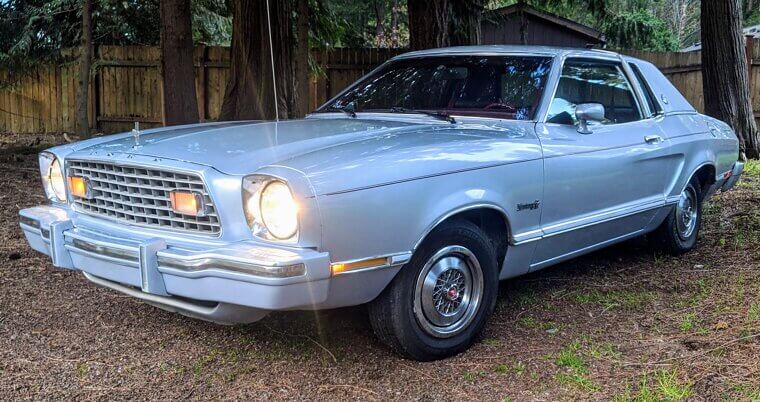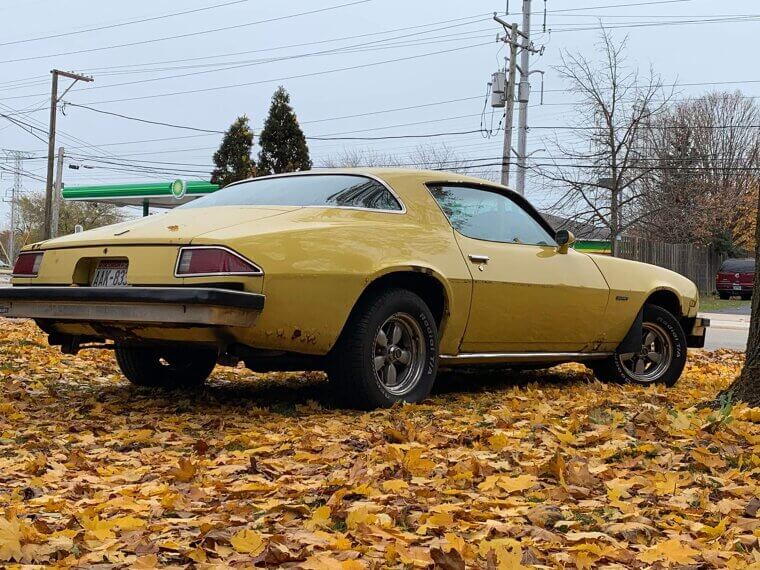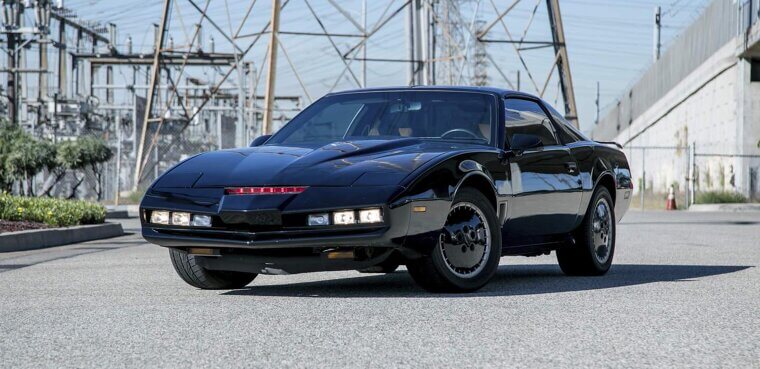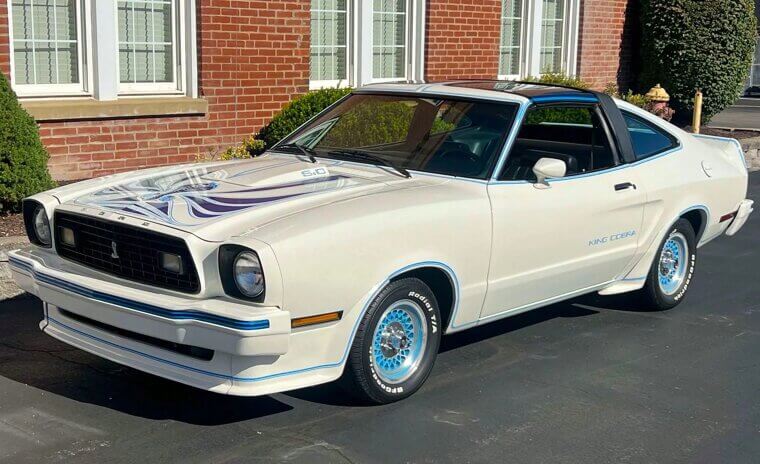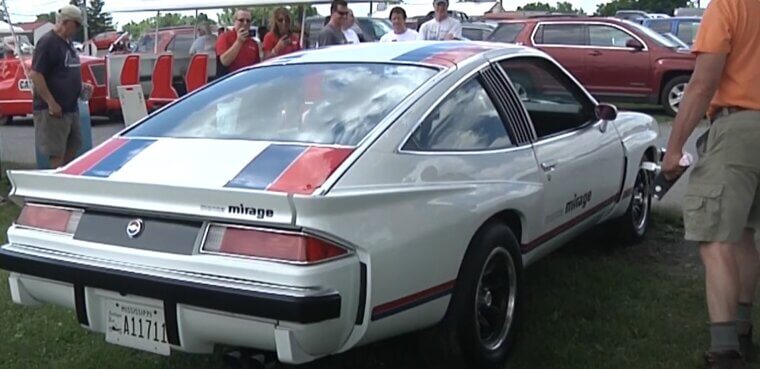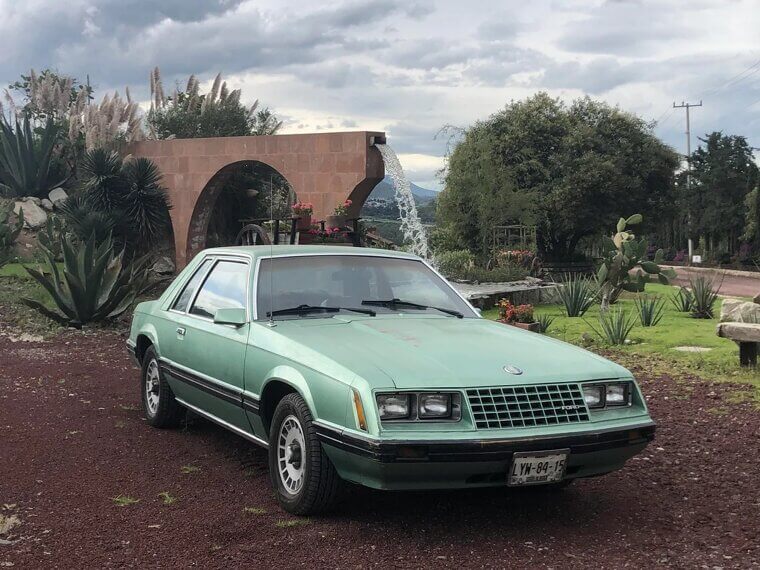Muscle Cars That Could Kill With Looks but Lacked Power
There is no category of cars more uniquely American than muscle cars. Taking the country (and later, the world) by storm in the 60s, many of that era’s biggest nameplates took a nosedive in the 70s. And while some - like the Mustang and Camaro - eventually managed to recover their lost glory, not all were as successful, even if their sense of style never faltered.
1974 Pontiac GTO (Ventura-Based)
We’re starting our list with what may be a very controversial entry. It’s no secret that while the Pontiac GTO was never going to match the heights of fame reached by the Mustang and Camaro, it still has its share of dedicated fans. Unfortunately, emissions mandates of the 70s pretty much gutted this model’s potential power output. But hey, it still looks great.
1972 Pontiac GTO 455
Performing slightly better than the last entry, the ‘72 GTO 455 unfortunately suffered from similar issues in the performance department, exacerbated by the car’s excessive weight. The badge said “455”, but the actual performance of the vehicle was above-average at best.
1972 Ford Gran Torino Sport 429
Larger than many other pony cars of that era, the ‘72 Gran Torino Sport 429 was a hulking menace, one you wouldn’t want to even attempt to outrun - at first glance, that is. Unfortunately, the vehicle’s monstrous weight prevented its performance from reaching its true potential.
1972 Oldsmobile 442 Rocket 350
This vehicle came with a 442 badge and Oldsmobile’s own “Rocket” 350 engine that promised to deliver superb performance and power. In reality, the fancy decals and badges were merely a distraction for the car’s less-than-stellar capabilities. Going from 0 to 60 took a staggeringly slow 10.4 seconds.
1974 AMC Javelin AMX
It’s pretty common knowledge that adding a spoiler to your vehicle - even a small one - can enhance its performance tenfold. At least, that must have been the assumption AMC was laboring under when they designed the Javelin AMX, a vehicle that looked the part of a hemi, but underperformed in almost every other way.
1974 AMC Matador X
Unfortunately, AMC doesn’t get off that easily. The Matador X had pretty much the exact same issues as the previous entry. It looked powerful, distinctive, menacing, but underneath the hood was a stock engine that took over 10 seconds to reach 60 mph.
1975 Buick Gran Sport 455
The ‘75 Buick Gran Sport 455 came with a whole plethora of cosmetic enhancements, including painted stripes and a spoiler to boot, but that’s all they were - cosmetic. Actually driving it left a lot to be desired, although - in fairness - Buick was focused on delivering a more “refined” experience.
1979 Dodge Magnum
Compared to many of the other entries on this list, the ‘79 Dodge Magnum took design cues from more conservative sedans rather than contemporary muscle cars. It’s just as well, though - the vehicle took over 11 seconds to reach 60 mph, and even longer when it was fully loaded.
1979 Oldsmobile 4‑4‑2
Like the ‘79 Magnum, the Oldsmobile 4-4-2 was more luxury sedan than muscle car in terms of appearance, while still having some muscular styling here and there. Unfortunately, it was all fluff - the vehicle had a weak 110 hp V8, which simply couldn’t compete with its contemporaries.
1977 Dodge Charger Daytona
Yet another bulky, sedan-style “muscle car”, the ‘77 Charger Daytona (otherwise known as the Daytona 400) had the 400 badge and decals to boot. Underneath the hood, however, was an underwhelming 135 hp 360 V8 that was pretty much only capable of stock performance.
1974 Ford Mustang II
The ‘74 Mustang II is probably the most infamous example of what happens to muscle cars when they are shoehorned by emissions mandates. In terms of looks, it certainly still had the presence and style of a Mustang, but under the hood, it was virtually unrecognizable.
1978 Dodge Challenger
The second-generation Challenger suffered a similar fate to the Mustang II. At least in Ford’s case, the company intended for that car to be more “economical”. Not so for the Challenger, which completely butchered the legacy of its nameplate and was nothing more than a pretty economy vehicle.
1976 Plymouth Volare Road Runner
The original Road Runner was a big success, essentially offering all the performance of its competitors without all the expensive bells and whistles that typically accompanied them. Unfortunately, in 1976, the nameplate took a turn for the worse with the Volare Road Runner, which effectively killed the nameplate four years later.
1997 Plymouth Prowler
A retro, hot-rod revival vehicle, the ‘97 Prowler made waves with its unique (i.e., odd) design, eventually sparking a wave of similar retro-revivals. Unfortunately, it was also one of Plymouth’s dying breaths since the car didn’t perform nearly as well as it should have, and its bodywork was also much cheaper than what many had been led to believe.
1982 Chevrolet Camaro
Like the Mustang and many other classic pony cars, the Camaro suffered during the oil crisis of the 70s. While the second-generation was already slacking in terms of performance, the ‘82 model also came with a redesign that didn’t go over well with die-hard fans, and was even weaker than its predecessor.
1986 Pontiac Grand Prix 2+2
The original Grand Prix suffered on the track due to a boxy design that messed with its aerodynamics - the 2+2 intended to correct that. In fact, the version sold to racers delivered on its power promises; unfortunately, the one received by the public was far weaker.
1978 Oldsmobile Cutlass 442
The original 442 was Oldsmobile’s answer to the Pontiac GTO, a superb powerhouse on wheels capable of 390 hp. Unfortunately, it also suffered during the 70s thanks to the oil crisis, and the ‘78 model could only deliver a measly 160 hp on a choked V8.
1976 Oldsmobile Omega SX
A cheap X-body economy car, the ‘78 Omega SX had the look of a cool muscle car, but only if you stood far away enough not to notice its shoddy materials. Performance-wise, it was even worse, and though a “Sports Pack” option was available, it could hardly compete with its already gutted contemporaries.
1979 AMC Spirit AMX
The AMX nameplate used to command power and presence, but you know you’ve done something wrong when you apply it to what is otherwise a souped-up AMC Gremlin. It was a vast improvement on that vehicle in the looks department, but was otherwise just another economy hatchback with little resemblance to its muscular roots.
1975 Ford Mustang Mach 1
Oh sure, the Mach 1 had the full backing of the Mustang nameplate, but it was little more than a cheap Mustang II variant - and we all know how disappointing that car was. Suffice it to say, this wasn’t really an improvement, but at least it was economical.
1971 Plymouth Hemi Barracuda
Designed with rally races in mind, the ‘71 Hemi Barracuda had muscle car pedigree and a roaring 426 HEMI engine under the hood, but the rest of the car was unrefined. Suspension and steering issues also made it prone to rolling.
1974 Ford Torino
By 1974, the Ford Torino had grown to be very muscular, indeed. Its size was nothing short of gargantuan for a pony car, which certainly gave it presence on the road, but its increased weight also impacted its performance. It didn’t help that its engine was only capable of 260 hp on the best days.
1977 Chevrolet Camaro Z28
The Z28 was once a powerful machine that could inspire fear and awe on the roads. But at this point in history, it was nothing more than a shadow of its former self, only capable of a measly 175 hp. Not even a Starsky and Hutch cameo could save it from oblivion.
1976 Dodge Aspen R/T
The Aspen R/T was marketed as a muscular sports car, badges and all, but actually driving the thing was like riding a snail on the back of a very lazy tortoise. In short, it was slow as hell, taking over 17 seconds to complete a quarter mile.
1971 Ford Pinto
The Pinto is one of the most infamous Ford models in history. To be fair, its slow, dawdling pace may have actually saved a few lives since the vehicle was prone to spontaneous combustion at the slightest provocation.
1974 Pontiac Ventura
The only thing that made the Ventura a muscle car was its size and shape. That size also caused it to severely underperform, and the ‘74 Ventura could only manage a paltry 200 hp - that is, if it was completely unoccupied.
1968 Pontiac Tempest
The original GTO was an icon and laid a solid foundation for Pontiac to build upon. Unfortunately, their second attempt, the Tempest, was a failure due to its excess weight and severe lack of nimbleness, which the GTO was known for.
1975 Ford Mustang II Ghia
Well, we all know that the Mustang II was a failure, so what exactly could have made the Ghia any different? Certainly, it was a bit more refined than its predecessor, a little more luxurious even, but it had an even smaller engine that equated to even worse performance.
1975 Chevrolet Corvette
The Corvette nameplate is one of the most successful in automotive history, so it may surprise you to learn that the ‘75 Corvette was a complete disappointment. It only delivered 15 more hp than the original model released two decades earlier.
1976 Chevrolet Camaro
In terms of appearances, the ‘76 Camaro took the nameplate forward, matching the style of other cars released during the 70s. Unfortunately, it was only capable of 200 hp and took 20 seconds to hit 60 mph.
1982 Pontiac Trans Am
The original Trans Am was another icon of the early muscle car era, which makes its 1982 successor even more disappointing in comparison. It was capable of a mere 90 hp, or 165 hp if you were willing to upgrade.
1978 Ford Mustang King Cobra
The ‘78 Mustang King Cobra certainly lived up to its fearsome moniker in terms of appearance, with a sleek black look and other cosmetic enhancements. Unfortunately, its performance was less King Cobra and more King Slug.
1977 Chevy Monza Mirage
The Monza Mirage was well-known for its decals and unique color scheme, but that’s about it. It could only reach 145 hp on the best of days, and was otherwise a flashy show car.
1980 Ford Mustang
If you thought that the Mustang nameplate would recover by the time the 80s rolled around, think again. This version of the Mustang was a whimpering vehicle sluggishly carried along by a paltry 88 hp.
1980 Pontiac Trans-Am Turbo
You’d think that with the word “Turbo” in its name, the Trans Am Turbo would be a top performer. In fairness, its 210 hp was certainly better than most, but nowhere near as powerful as the muscle cars of yore.

